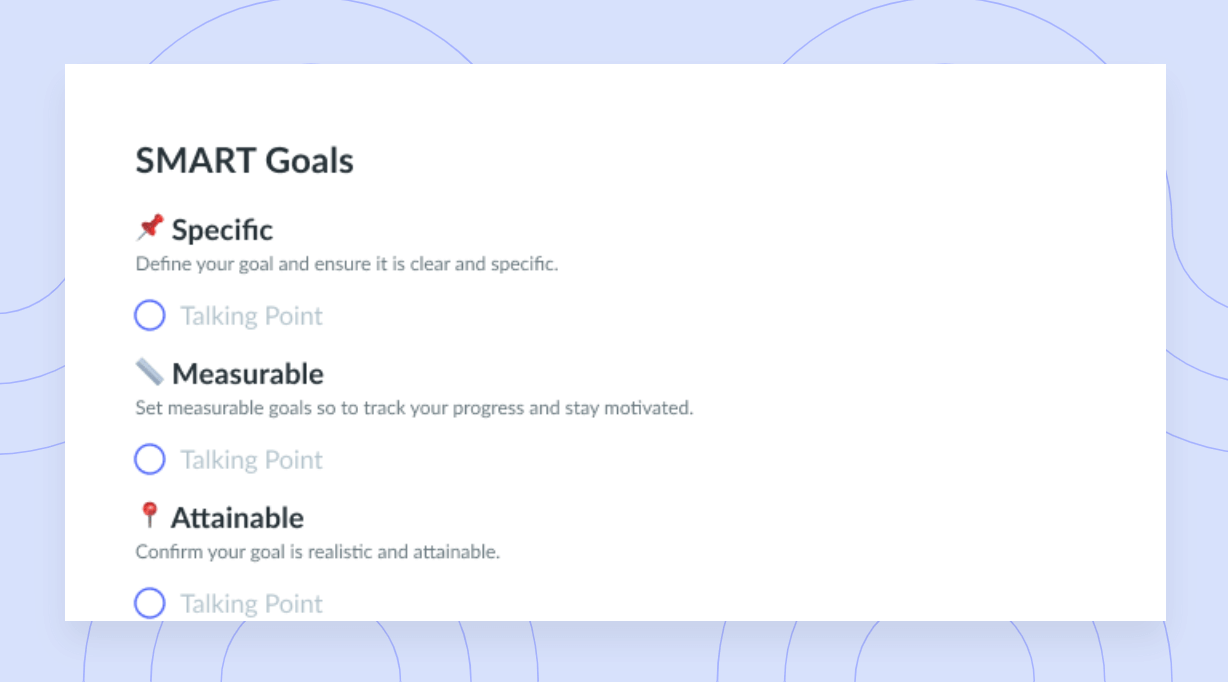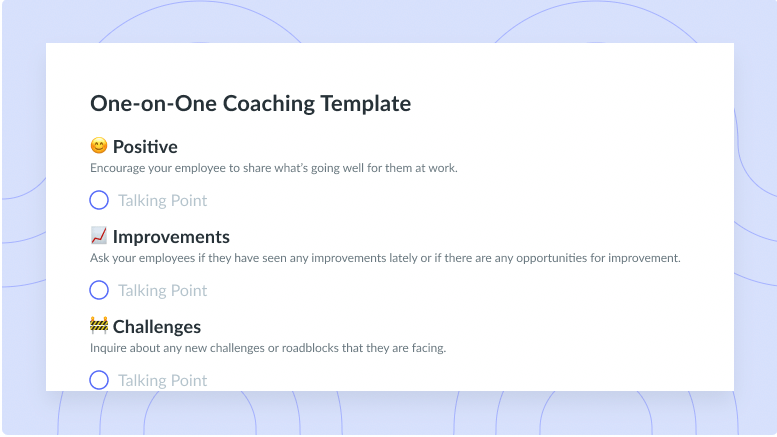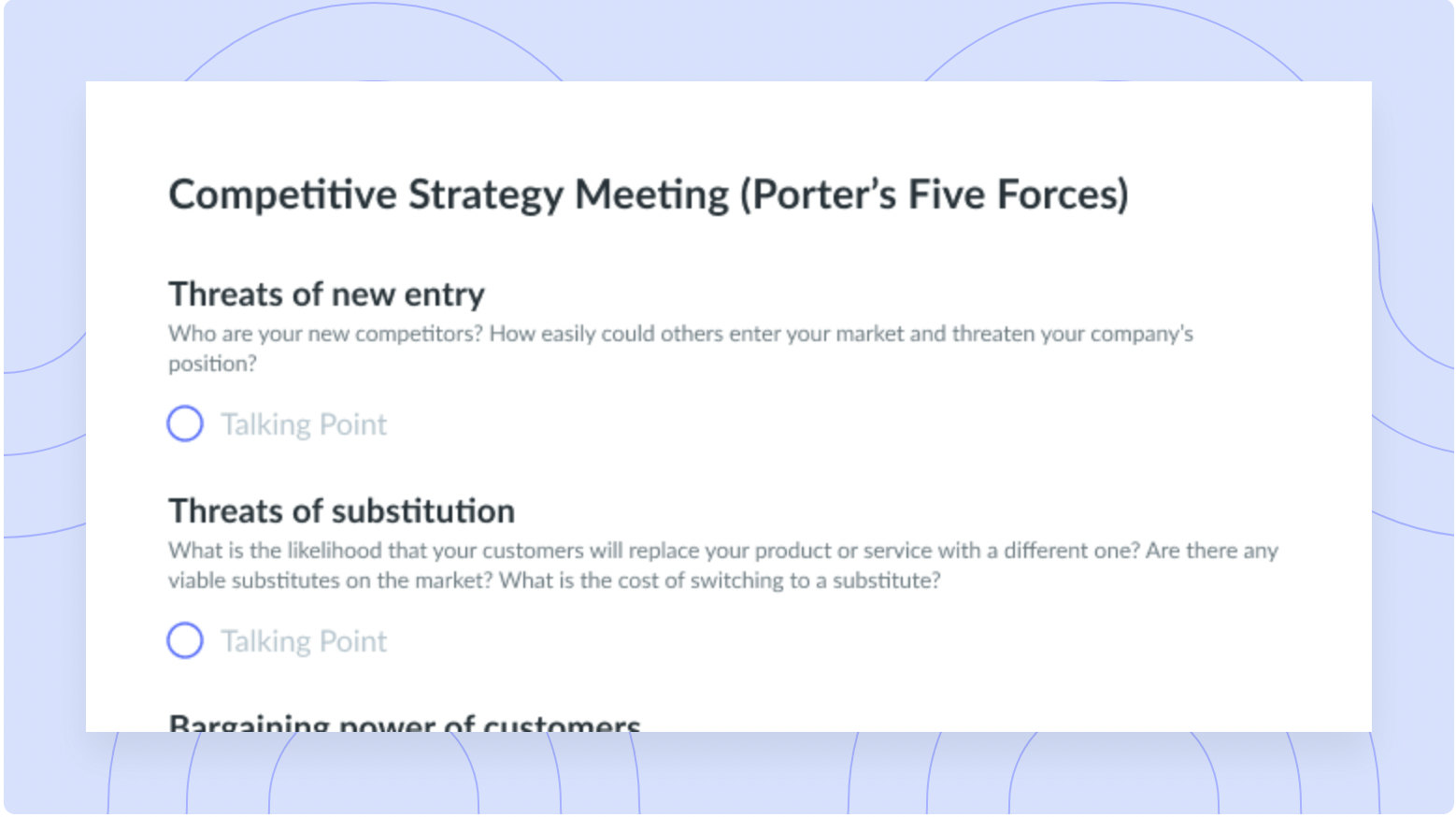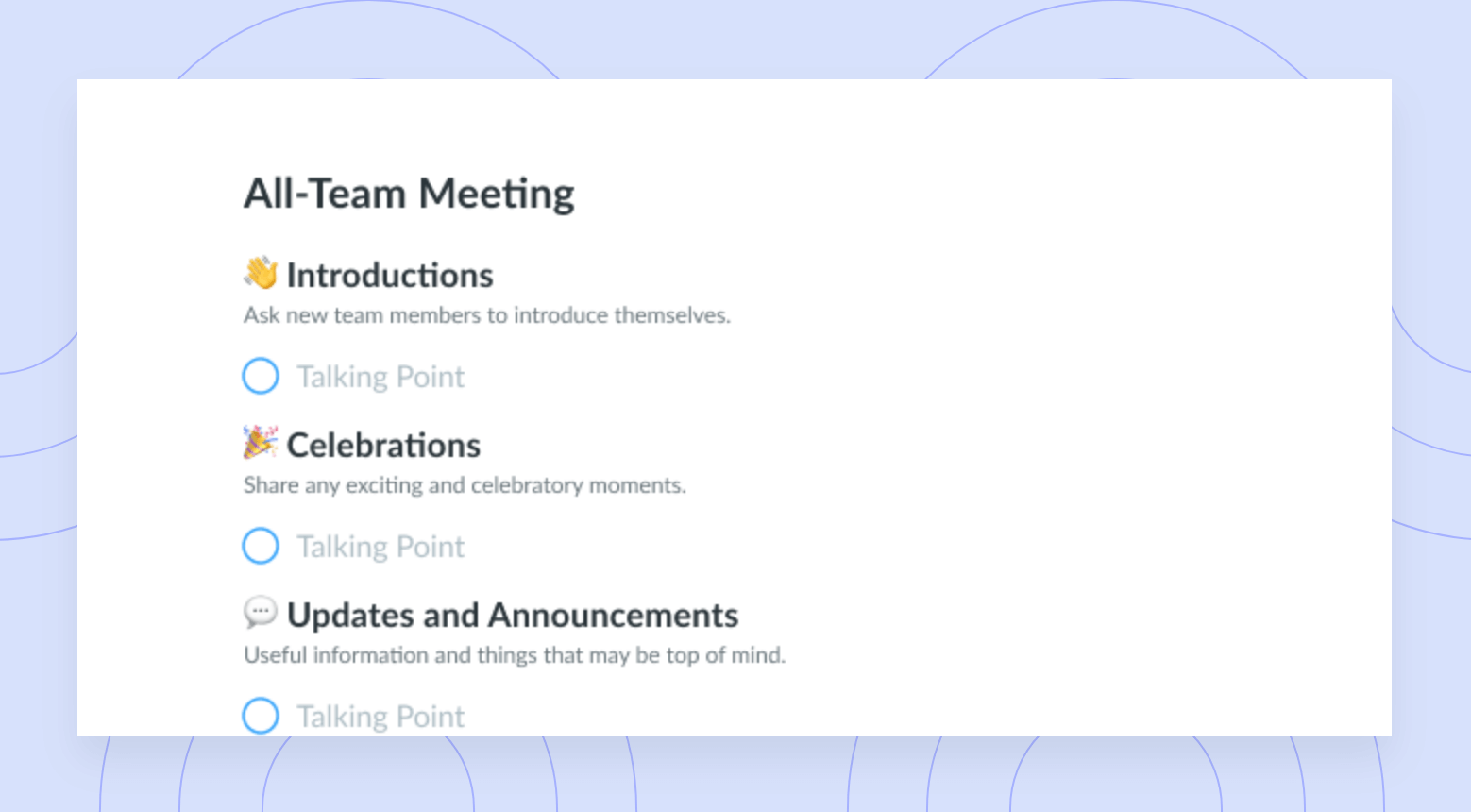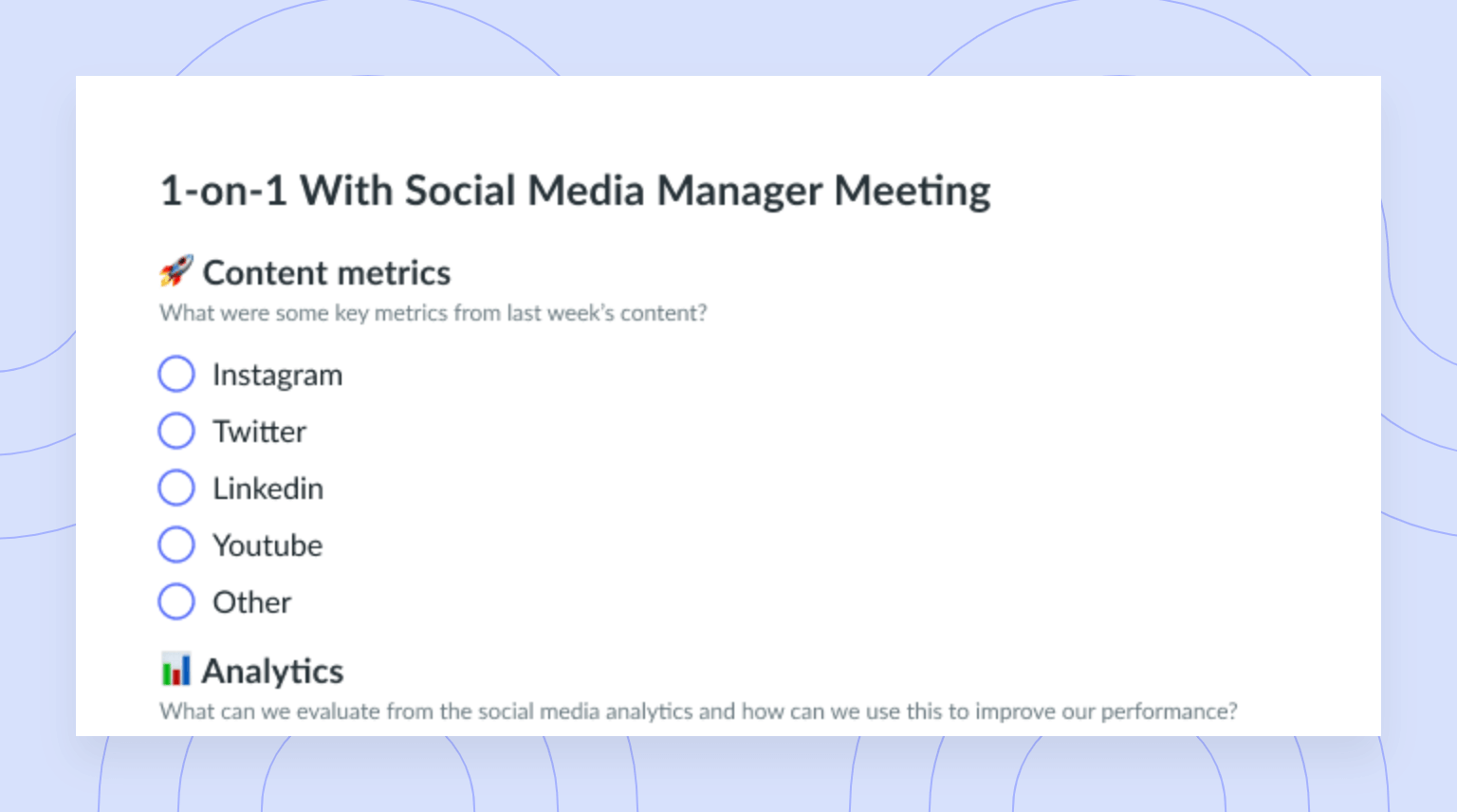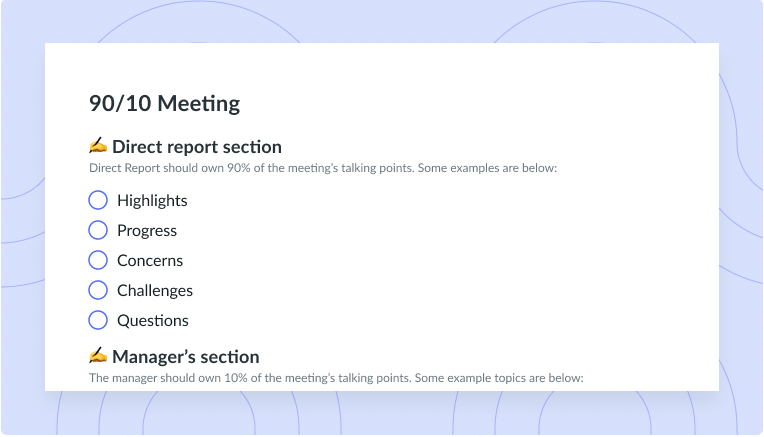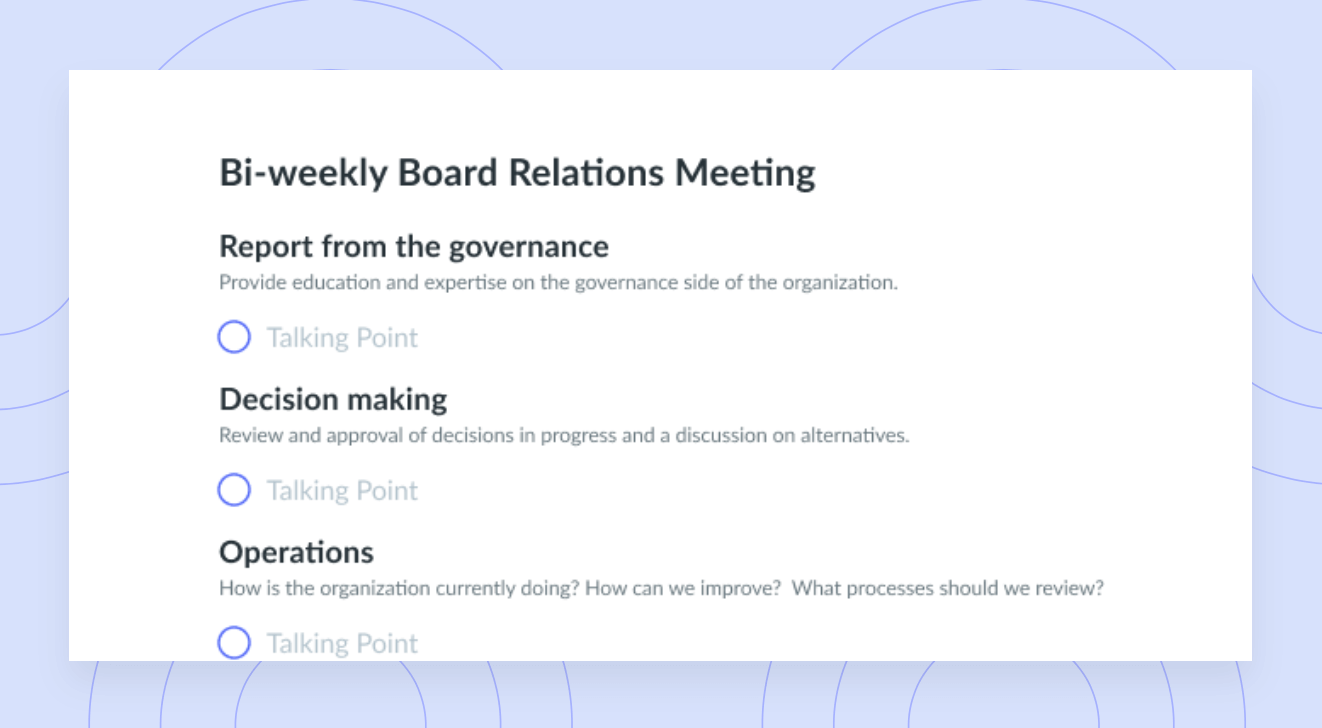Context Switching: What It Is and 7 Ways to Rebuild Your Focus
Get back in the zone, beat mental fatigue, and reach your goals by working on one task at a time rather than context switching.
We live in a world full of distractions. On any given day, you’re likely bombarded with emails, social media notifications, meeting invites, and office noise. You probably also spend each day toggling between different apps for work-related messaging and tasks. Whether it’s a colleague tapping on your shoulder to ask a question or the hundreds of notifications you receive per week, we constantly deal with competing priorities that pull our attention from one thing to another, so it can be difficult to stay focused.
Let’s talk about context switching, how it’s hurting your productivity, and how to regain focus of your priorities at work.
- What is context switching?
- Why do we context switch?
- Why context switching kills productivity
- 7 ways to rebuild your focus and avoid context switching
What is context switching?
Context switching means moving between different, unrelated tasks. The term originated in the field of computer science but was adapted to describe the modern workplace and its tendency to force employees to multitask at an unprecedented speed.
As humans, we’re able to adapt our behaviors to our environment with ease. Our ability to context switch means we’re able to make split-second decisions that are important in a variety of circumstances. While context switching can be beneficial at times, it also sabotages our productivity at work by forcing us to abandon our current task to turn our attention to whatever feels most pressing.

Stay focused
Have all your meeting action items in one place so you know exactly what needs your attention. Try a tool like Fellow!
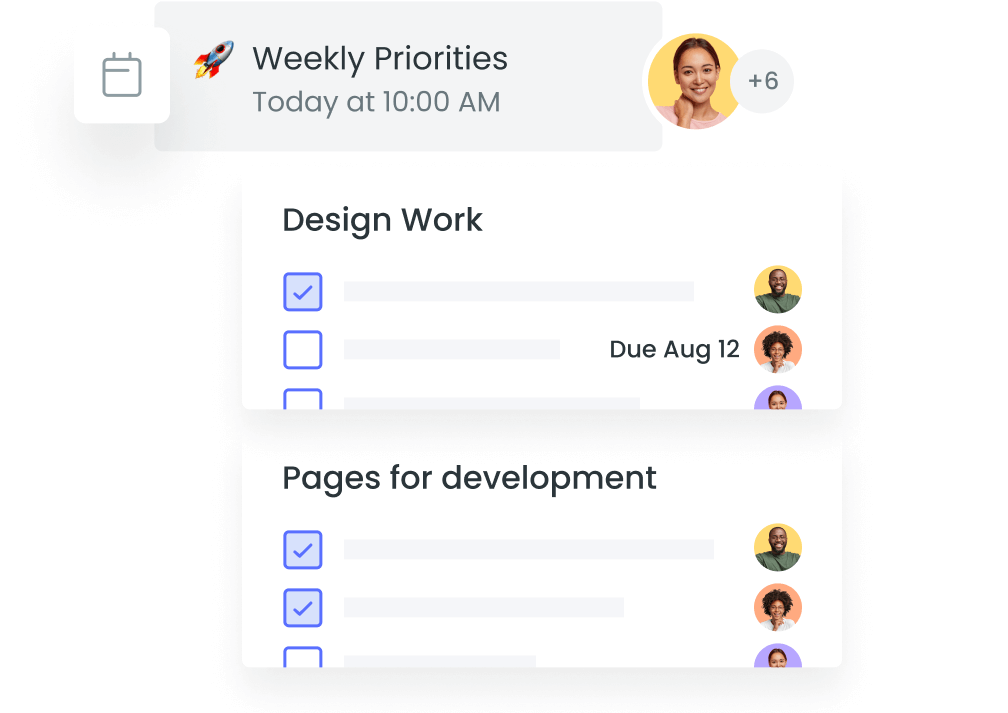
Why do we context switch?
The workplace is full of interruptions. While technology does an excellent job at automating processes and keeping us connected, it also provides constant notifications that disrupt our workflow. In roles where we’re required to wear many hats, conflicting priorities hinder our ability to focus on one task until its completion.
You probably feel like you always need to be tuned into what’s happening at work. Whether you’re replying to your teammates on Slack at the expense of the important proposal you were just writing, or leaving a task unfinished to make room for another, context switching curbs your ability to focus at times when you need to the most.
It can feel impossible to get anything done when all of the information we need is available at our fingertips. It’s all too easy to get sidetracked by pings from your laptop or phone and quickly turn your attention away from what you were initially focused on. The worst part is that it takes a lot of effort to pick back up where you left off and continue the task at hand once you shift priorities.
Why context switching kills productivity
When you focus on one task at a time, you’re giving that task 100 per cent of your undivided attention and productive time available. It gets more difficult for our brains when we throw another task into the mix. Research shows that switching between two tasks at a time only allows us to give 40 per cent of our productive time to each task, while the other 20 per cent is lost to context switching. When you attempt to balance a third task, each task gets 20 per cent of your productive time and you lose the other 40 per cent to context switching. In short, the more tasks you context switch between, the more productive time you lose to context switching itself.
7 ways to rebuild your focus and avoid context switching
- Conduct a time audit
- Time block your calendar
- Have themed workdays
- Remove as many distractions as possible
- Incorporate microbreaks into your day
- Declutter your digital space
- Prepare for meetings ahead of time
1 Conduct a time audit
Align how you think you’re spending your time with how you’re actually spending it by conducting a time audit of your workday. A time audit involves tracking your activities during a typical day for a specified period of time to see what’s taking up the majority of your workdays. Once you conduct a time audit, you can then evaluate your habits and optimize your schedule to increase your daily productivity.
2 Time block your calendar
Use a time blocking method to better manage your time and control your busiest weeks. Create a task list in advance and make a concrete schedule that’ll help you know exactly what needs to be prioritized each day, and when. Once you have your top priorities listed, create a template that makes time for your deep work and breaks. Deep work is focused work, like writing or coding, that requires all of your attention. Then, block time for reactive tasks like replying to emails, responding to instant messages, and returning impromptu phone calls. Remember that it’s important to block time in your calendar for moments of self-care, too. You deserve that coffee break and lunchtime walk.
3 Have themed workdays
Themed work days are just as exciting as they sound! Know exactly what you’ll be working on in advance by picking specific days of the week to complete specific types of tasks. Perhaps you’ve noticed that your ability to hyperfocus on deep work is strongest early in the week, and you’d rather complete repetitive administrative work on Thursdays and Fridays. Figure out your ideal schedule and make sure you have enough time blocked in for reactive work. However, it’s also important to remember that having themed days doesn’t mean you shouldn’t be responding to your managers, teammates, and stakeholders on a daily basis.
4 Remove as many distractions as possible
You’ve probably heard the tip that says it’s best to complete any task that takes under 10 minutes right away. Well, what if we told you that constantly distracting yourself with reactive tasks is detrimental to your productivity levels? Focusing on one task at a time is proven to be best. Take advantage of those “do not disturb” functions and time limits on time-wasting apps, set your Slack status as away, and block any websites you know will distract you from doing deep work. You’ll be less tempted to go down internet rabbit holes when it’s harder to access the distraction itself.
5 Incorporate microbreaks into your day
Adding small impromptu breaks into your day can keep you more engaged during tough workdays. When you start feeling unfocused, take five minutes to grab a snack, stretch your legs, or hang out with your pet while you’re working from home. By taking intuitive breaks, you’ll be able to better boost and manage your energy levels throughout the day. Set an alarm or timer if you need help timing your breaks, but don’t force yourself to end that walk early if you know it’ll help you thrive later in the day! When you’re feeling fatigued, taking microbreaks can help you get through a busy workday with maximum energy.
6 Declutter your digital space
Most people are guilty of digital clutter. You probably clean your physical space fairly often, so why not organize your virtual spaces too? Remove any applications you don’t regularly use on your computer and phone, and update your notification settings so you won’t be distracted by vibrations when your focus should be directed elsewhere. Close tabs that are no longer useful and bookmark the ones that are. Dedicate a few moments at the end of each day, or a longer period of time at the end of each week, to digitally declutter.
7 Prepare for meetings ahead of time
Picture this: You’re rushing to finish an important task that’s due at the end of the day. You’re in the groove and ready to work until you meet your deadline, but then you remember you have that weekly check-in with your supervisor scheduled in the afternoon. Your stress levels soar as you scramble to prepare for your meeting while still leaving enough time to finish your task.
If this sounds like a situation you’ve found yourself in, you need to start preparing your meeting notes ahead of time. Using Fellow, you can build collaborative meeting agendas so you and your teammates can keep each other accountable before the meeting begins.
Stop context switching and start flowing
Our brains crave novelty. Context switching is a necessary function that allows us to be adaptable during the most stressful moments, but it kills our productivity when we try to focus on large-scale tasks at work. Now that you know the name of that pesky urge to multitask during your busiest days, you should learn to avoid it at all costs.
Break the cycle of context switching by learning to focus on one task at a time. Slowly but surely, you’ll realize how much more effectively you’re able to flow through deep work. You may even realize that you’re hitting your goals and feeling great about the work you’re doing. Trust us: you’ll feel on top of it all the moment you realize that you’re in control of your attention. We all deserve the chance to let go of the pressure to multitask once and for all!









